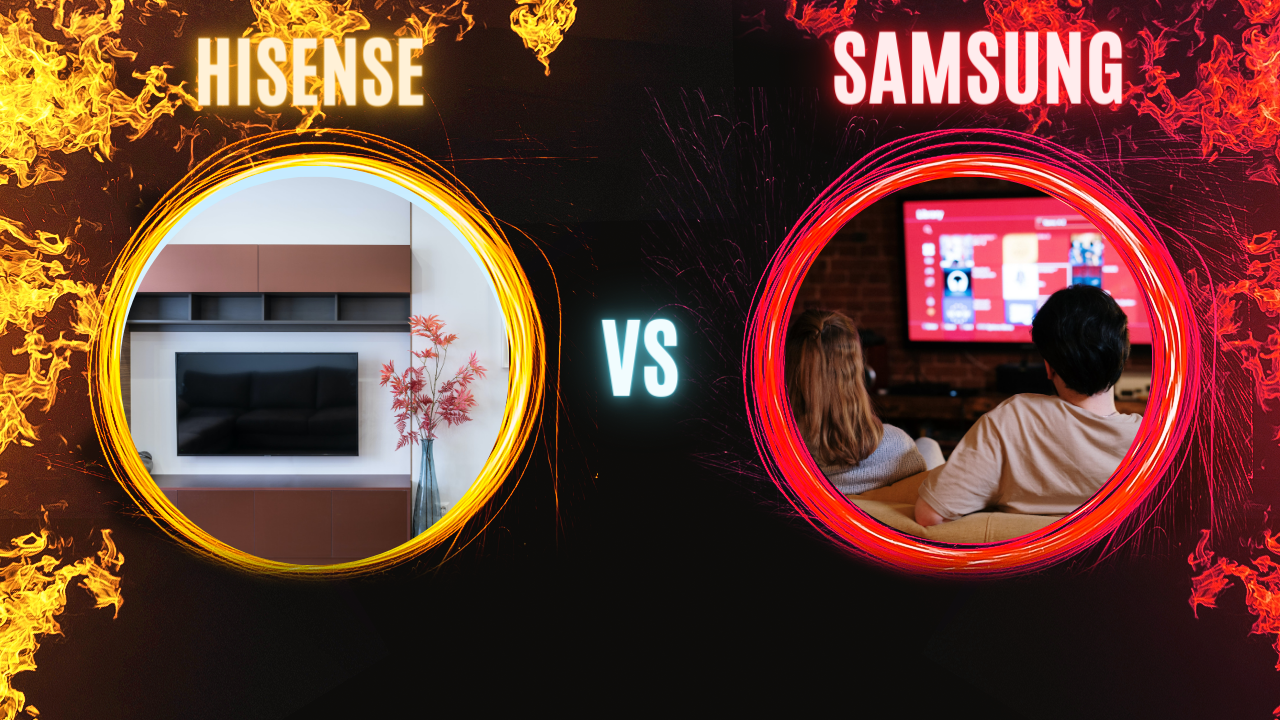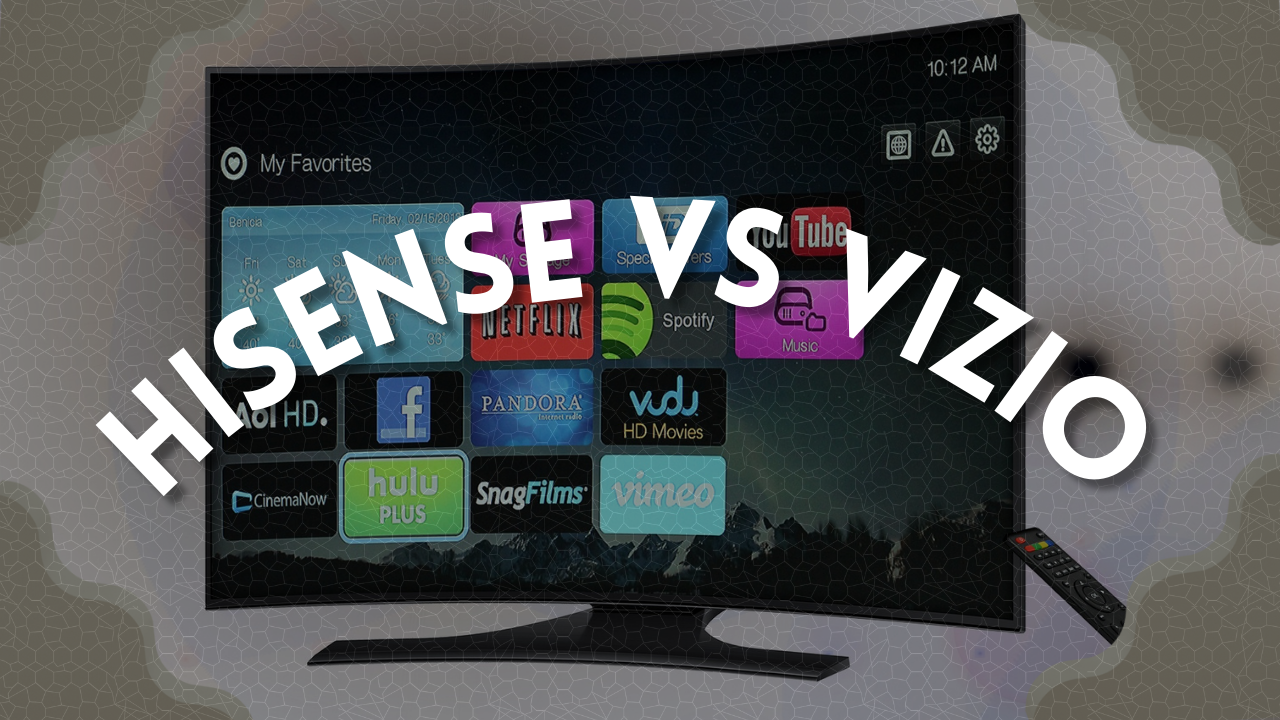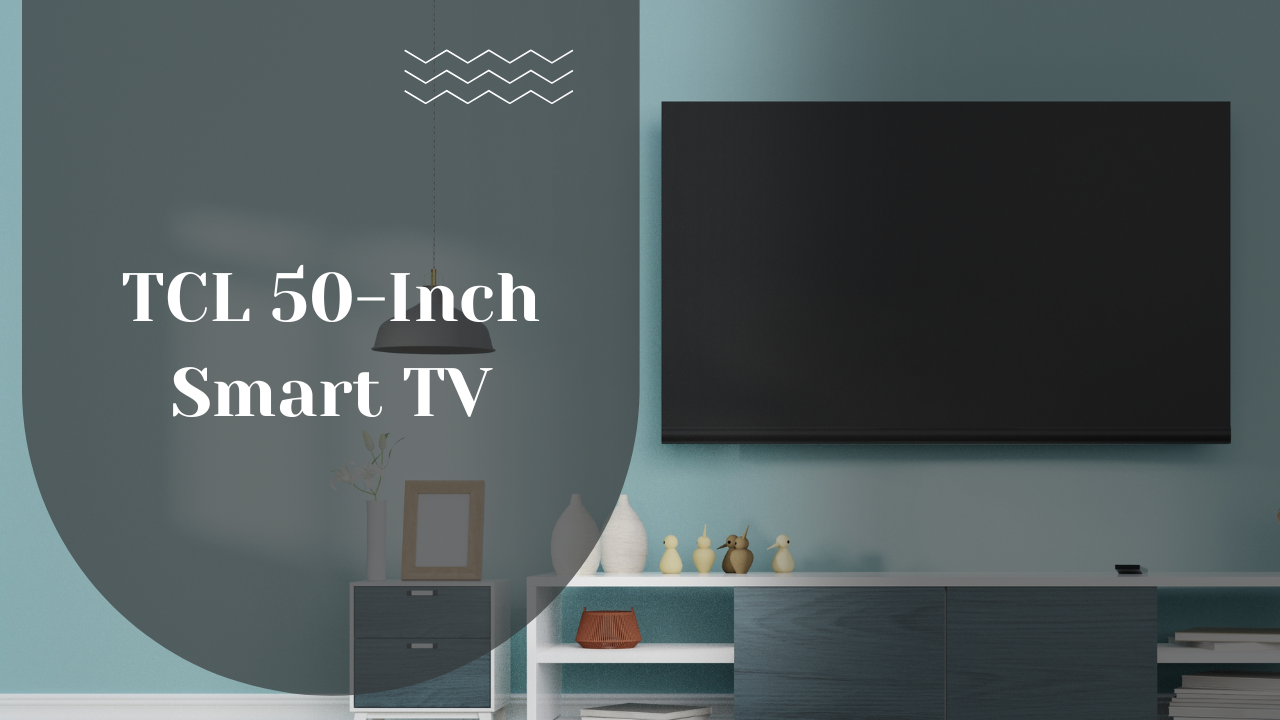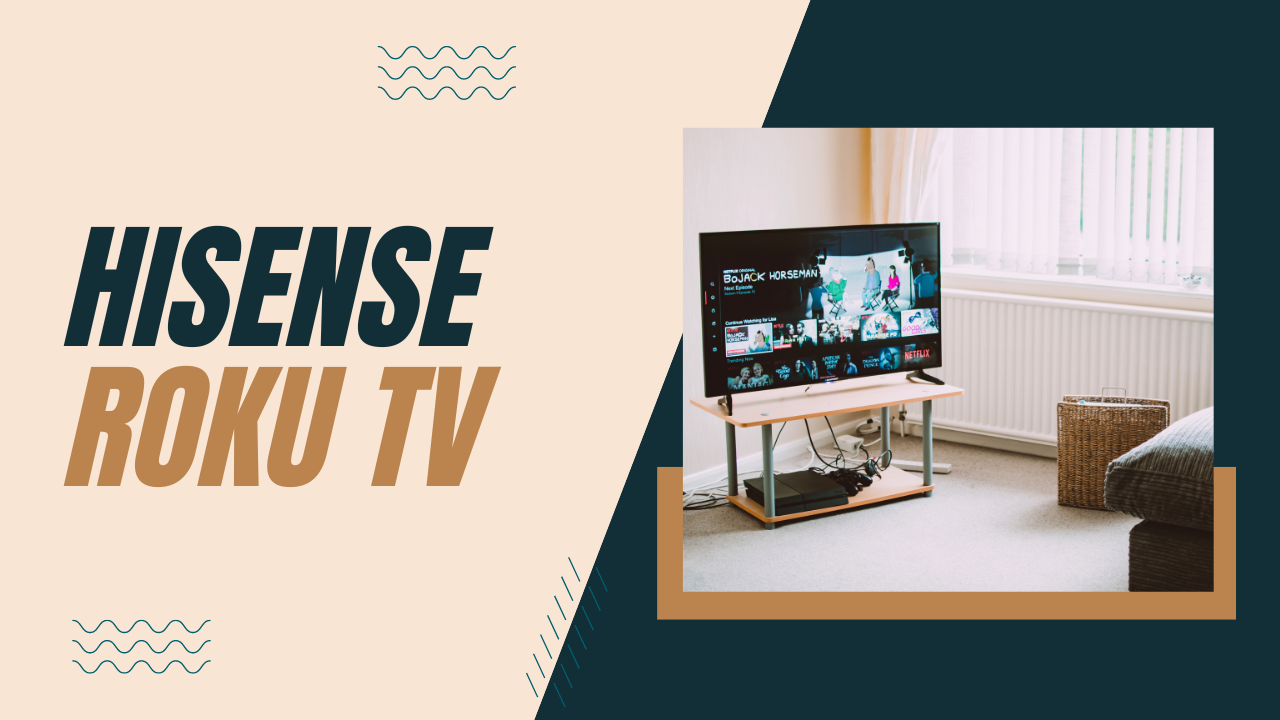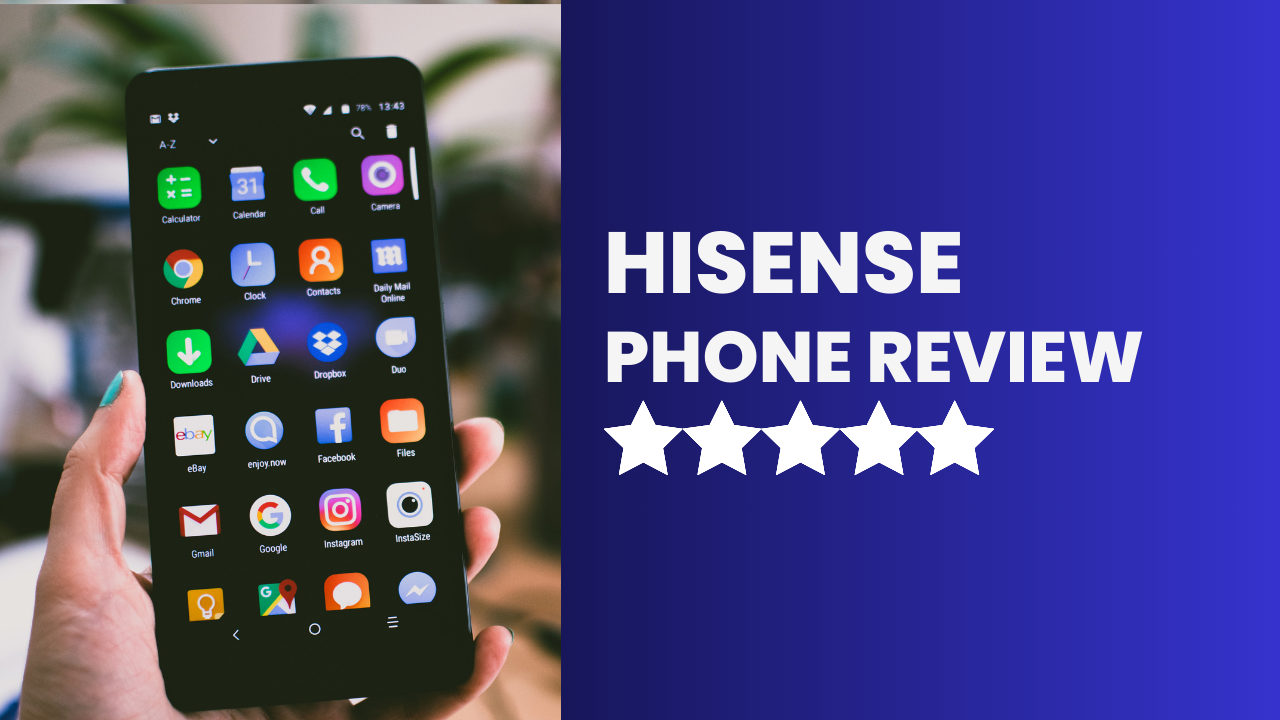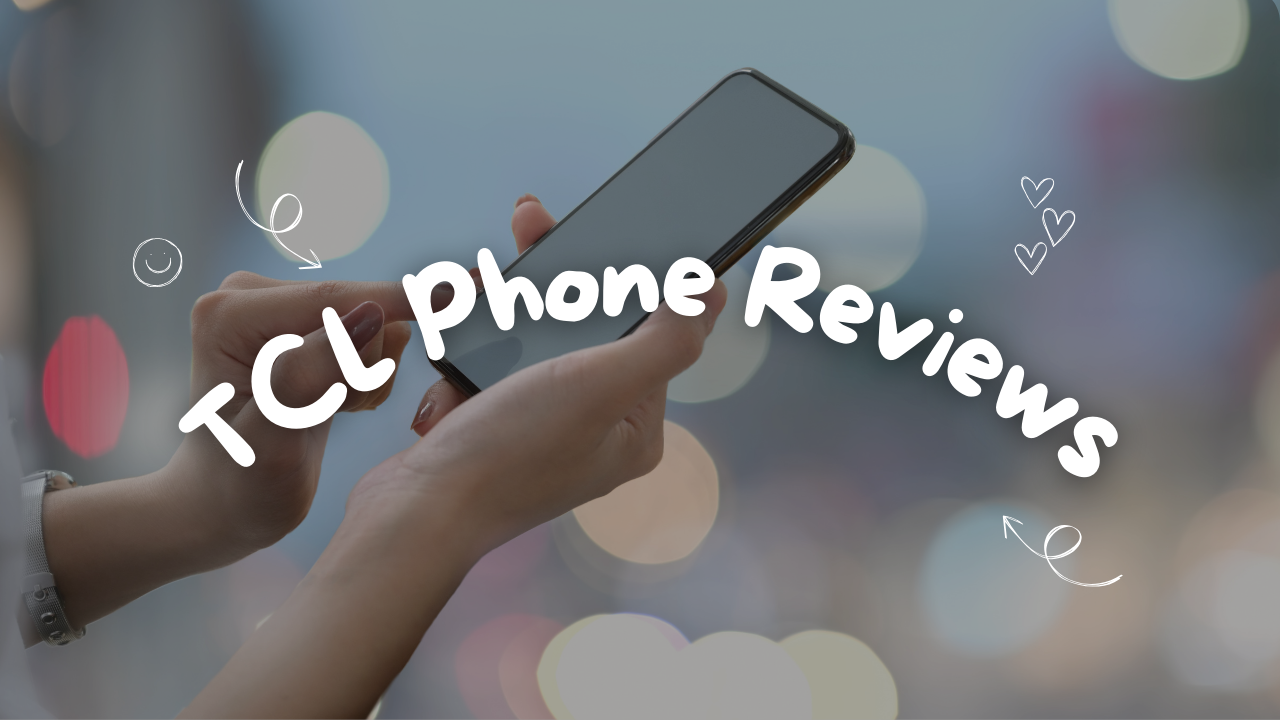Are you in the market for a new smart TV and wondering which brand to choose? Hisense vs Samsung are two of the most popular brands on the market, but which one is better? In this blog post, we’ll take a closer look at both brands and compare their key features to help you make an informed decision.
About Hisense:
Hisense is a Chinese electronics manufacturer that has been around since 1969. The company is known for producing affordable and innovative products, including televisions. Hisense TVs are a popular choice for buyers looking for a premium viewing experience without breaking the bank. The brand offers models ranging from budget-friendly options to more sophisticated and larger screen TVs, often including cutting-edge technology like 4K resolution, innovative functionality, and bright displays.
About Samsung:
Samsung is a South Korean multinational conglomerate that has been around since 1938. The company is known for producing high-quality and innovative products, including televisions. Samsung TVs are synonymous with a premium viewing experience, renowned for their gorgeous displays, svelte designs, and cutting-edge technologies. Customers have a large selection of models to pick from, so they can discover options that suit their tastes and requirements, whether they want a smart TV with cutting-edge connectivity features, a 4K UHD screen, or a sleek and slim QLED TV.
Comparison of Hisense vs Samsung TV:

1. Refresh Rate: Both Hisense and Samsung provide a range of TVs with various features in terms of refresh rate. With many of its models having more excellent refresh rates, often 120Hz or more, Samsung frequently shines in this area. As a result, fast-paced entertainment like sports and action movies will handle motion more smoothly, with less motion blur. On the other hand, Hisense TVs often come in budget-friendly models with an introductory 60Hz refresh rate, which is adequate for most everyday watching but might not provide as much smoothness as Samsung’s higher refresh rate possibilities.
2. Panel Type: Both businesses provide a variety of options when contrasting Hisense vs Samsung TVs based on the type of panel. Samsung TVs often use QLED panels, which are known for their excellent color reproduction and brightness. On the other hand, Hisense TVs frequently use VA panels, which are known for their excellent contrast ratios and deep blacks.
3. Resolution: Both brands offer a range of TVs with various resolutions, including 4K Ultra HD. Samsung TVs are known for their excellent 4K resolution, which provides stunning detail and clarity. Hisense TVs also offer 4K resolution, but some of their budget-friendly models may not have the same level of detail and clarity as Samsung’s higher-end models.
4. Image Processor: Samsung TVs often come with advanced image processors that can enhance the picture quality and reduce noise. Hisense TVs also have image processors but may not be as advanced as Samsung’s.
5. Picture Quality: Both brands offer TVs with excellent picture quality, but Samsung TVs are often considered to be superior in this area. Samsung’s QLED panels provide excellent color reproduction and brightness, while Hisense’s VA panels offer excellent contrast ratios and deep blacks.
6. Contrast Ratio: Hisense TVs are known for their excellent contrast ratios, which provide deep blacks and excellent shadow detail. Samsung TVs also offer good contrast ratios, but they may not be as good as Hisense’s.
7. Low Dimming: Samsung TVs often come with advanced local dimming technology that can improve the picture quality in dark scenes. Hisense TVs also have local dimming, which may not be as advanced as Samsung’s.
8. Design: Both brands offer TVs with sleek and modern designs, but Samsung TVs are often considered more stylish and elegant.
9. HDR Support: Both brands offer TVs with HDR support, which provides a wider range of colors and better contrast. Samsung TVs often have better HDR support than Hisense TVs.
10. Viewing Angle: Samsung TVs often have better-viewing angles than Hisense TVs, which means that you can watch TV from a wider range of angles without experiencing any loss of picture quality.
11. Connectivity: Both brands offer TVs with a range of connectivity options, including HDMI, USB, and Ethernet. Samsung TVs often have more advanced connectivity features, such as Bluetooth and Wi-Fi Direct.
12. Inputs: Both brands offer TVs with a range of inputs, but Samsung TVs often have more advanced input options, such as HDMI 2.1.
13. Gaming: Both brands offer TVs that are suitable for gaming, but Samsung TVs are often considered to be better in this area. Samsung’s QLED panels provide excellent color reproduction and brightness, which is ideal for gaming.
14. Assistant Compatibility: Both brands offer TVs that are compatible with virtual assistants.
